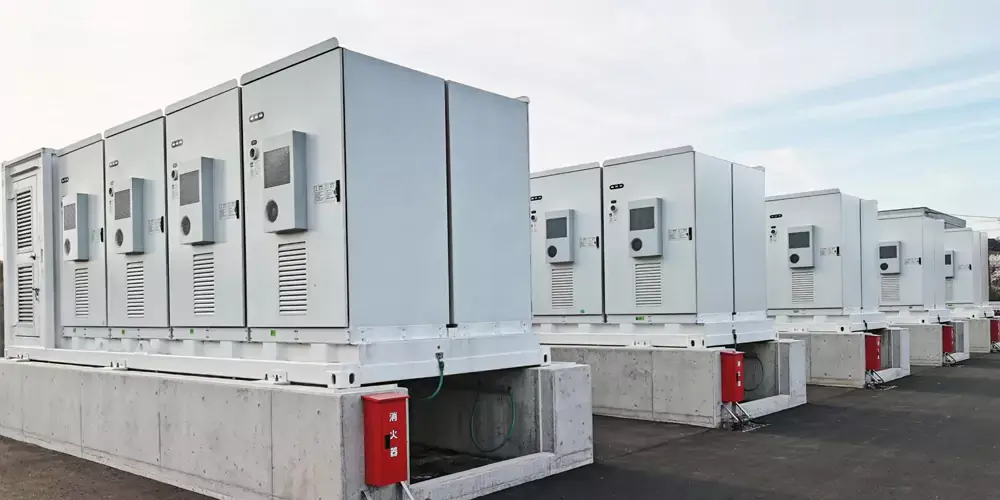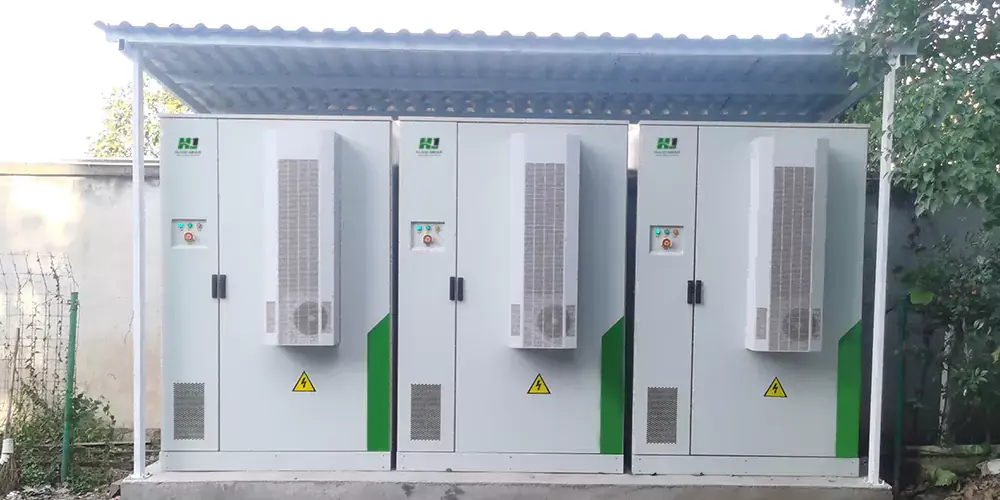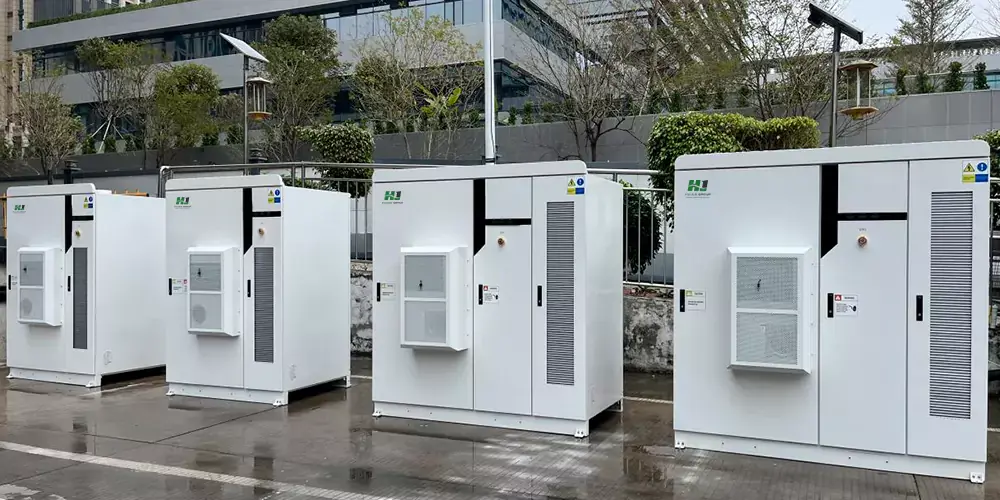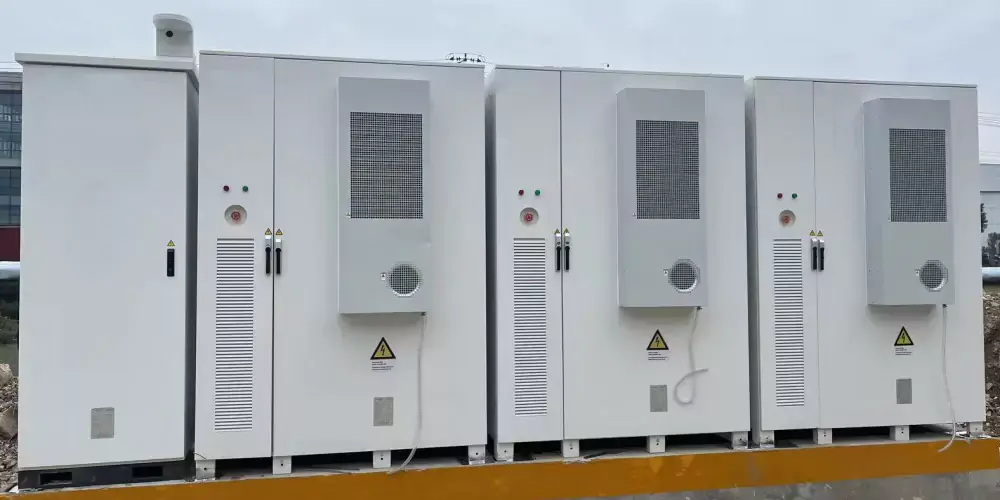The Process and Challenges of Island Microgrid Installation
In the pursuit of sustainable and reliable energy solutions, the installation of microgrids on islands has emerged as a promising approach. However, this undertaking comes with its own set of processes and challenges that require careful consideration and strategic planning.
The process of installing an island microgrid typically begins with a comprehensive assessment of the island’s energy needs and resources. This involves understanding the peak and average electricity demand of the community, as well as the available renewable energy sources such as solar, wind, and tidal power. A detailed analysis of the island’s load profile helps determine the appropriate size and capacity of the microgrid system.
Once the energy assessment is complete, the design phase commences. This includes selecting the right combination of generation technologies, energy storage systems, and control mechanisms. For instance, solar panels might be the primary source of power during the day, while batteries or diesel generators could provide backup during periods of low solar radiation or high demand. The design also considers the integration of smart grid technologies to monitor and manage the flow of electricity efficiently.
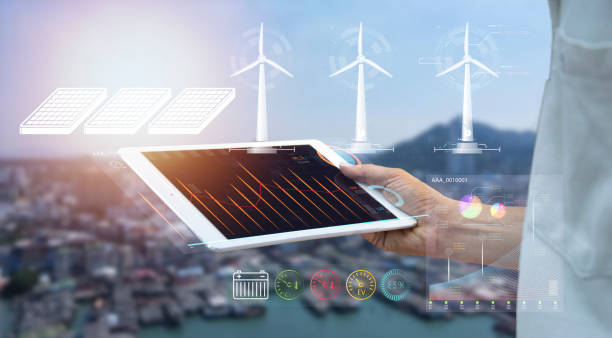
The next step is the procurement and installation of equipment. This requires careful coordination to ensure that all components arrive on the island in a timely manner and are installed correctly. Installation can be complex, especially in challenging terrain or harsh environmental conditions that are often characteristic of islands. Trained technicians and engineers are essential to handle the installation process safely and accurately.
After the physical installation, the microgrid undergoes extensive testing and commissioning. This involves verifying the performance of the generation sources, ensuring the stability and reliability of the power supply, and testing the control systems to ensure seamless operation.
One of the significant challenges in island microgrid installation is the high upfront cost. The equipment, installation, and infrastructure development can require a substantial investment. Financing these projects can be difficult, especially for smaller islands with limited financial resources. Innovative financing models such as public-private partnerships, grants, and loans are often explored to overcome this hurdle.
The intermittent nature of renewable energy sources is another challenge. Islands often experience variable weather conditions, which can affect the output of solar and wind power. To address this, advanced energy storage systems and predictive analytics are needed to manage the power supply and demand balance effectively.
The logistics of transporting equipment and materials to the island can also pose difficulties. Islands may have limited access to ports and transportation infrastructure, making it costly and time-consuming to deliver large and heavy equipment. This requires careful planning and coordination to avoid delays and additional costs.
Maintaining and operating the microgrid is another ongoing challenge. Islands may have a shortage of skilled technicians and engineers to handle maintenance and troubleshooting. Remote monitoring and diagnostic systems can help to some extent, but regular on-site visits and training of local personnel are crucial for the long-term success of the microgrid.
The integration of the microgrid with the existing power infrastructure, if any, can also be complex. Ensuring seamless transition and compatibility between the new and old systems requires careful engineering and coordination.
Despite these challenges, successful island microgrid installations offer numerous benefits. They provide a reliable and resilient power supply, reducing the dependence on expensive and polluting diesel generators. They also contribute to the environmental sustainability of the island and can stimulate local economic development by reducing energy costs and attracting eco-tourism.
For example, a small island in the Pacific successfully installed a solar-powered microgrid with battery storage. This not only reduced their reliance on imported diesel but also allowed for the expansion of local businesses and improved the quality of life for residents.
In conclusion, the process of installing an island microgrid is complex and challenging, but with proper planning, innovative solutions, and community support, it can bring significant benefits in terms of energy security, sustainability, and economic development. As technology continues to advance and costs decrease, the potential for widespread adoption of island microgrids is likely to increase, offering a promising path towards a more resilient and sustainable energy future for islands around the world.
Contact us
- Email:[email protected]
- Tel: +86 13651638099
- Address: 333 Fengcun Road, Fengxian District, Shanghai
Get A Quote Now!


